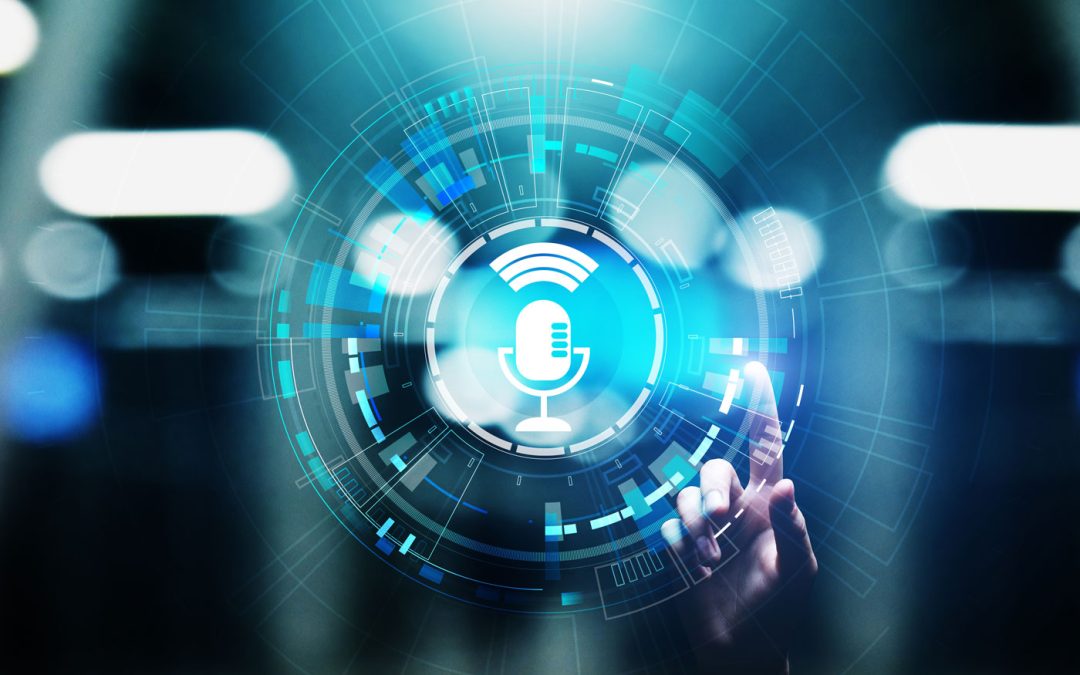You’ve seen the news; so-and-so brand is rolling out a new voice AI to make things easier on the phones or in the drive thru. What started as a trickle of tests of novel technology have become a meaningful trend.
Today, there are no less than a dozen voice AI companies targeting the restaurant space with the promise of automating away the need to take phone or drive-thru orders.
Valyant AI was among the first to make waves in the restaurant space, as we explored in a webinar series. Founded in 2017, it tested a voice AI named Holly into several restaurants to power the drive thru. It also recently became an option for Checkers & Rally’s franchisees to bring voice AI to their operations. Presto, best known for kiosks, and tablets, announced it was doing a major rollout with Checkers & Rally’s, as well.
ConverseNow, founded in 2018, announced it’s working with more than 120 Domino’s franchisees to take phone orders. The company’s VP of marketing, Ben Brown, said the company grew its serviced location count by a factor of six in the last year as operators flocked to its technology.
IBM also jumped into the fray. The tech giant acquired McD Tech Labs from McDonald’s in 2021, two years after the fast-food chain created the division following its acquisition of AI voice player Apprente. IBM just announced it had integrated natural language processing into the system it acquired.
“We’re now starting to roll that out to many of their stores, eventually all their stores,” said Rob Thomas, senior VP of global markets at IBM, as reported by enterprise software publication The Register.
SoundHound jumped into the industry, too. It’s one of the only public voice AI players, and is best known for vehicle voice like the chat assistant OnStar. The company (NASDAQ: SOUN), holds a large number of patents on conversational AI and has been working at voice AI for more than 17 years, but not in the restaurant space until recently.
What’s driving the adoption?
SoundHound co-founder and Chief Product Officer James Hom said there is a lot driving the AI voice surge in restaurants.
“I think there’s a confluence of events that put the pressure on restaurants, surging demand for takeout from the pandemic, the staffing shortage makes it so people can’t answer the phones. It’s hard to keep customers happy,” said Hom. “Being able to have that connection is really important, that’s the driving force for the industry pushing for it.”
The staffing component was what got Checkers & Rally’s CEO Frances Allen really excited. When Allen first started thinking about “Alexa in the drive thru” two years ago, staffing was hard but not this hard. Even so, she said the technology’s utility is less about replacing people and more about using AI as a tool to make up for staff shortages.
“In an ideal world, we need five employees; in reality, we have three,” she added. “It’s just a different way to think about productivity, it’s not like we’re removing labor but finding ways to fill gaps.”
In phone-dominant restaurants like the pizza category, Brown said it’s even helping keep staff coming to work.
“Amid this staffing shortage, you have staff that are trying to take a call, catch a pizza and take care of a walk-in customer. This gives them one fewer thing to worry about. It drastically increases quality of life. We’ve had franchisees share with us that their turnover is lower and their staff satisfaction is higher because it’s a better experience,” said Brown.
He even said employees that move are asking for it from their new operators. Answering the phones, it seems, is becoming one of the more annoying tasks in a restaurant.
Modern voice AI isn’t the clunky old-school phone system; it actually works. AI can now answer questions about hours, give directions and direct calls with exceptional accuracy. That’s driving consumer acceptance. Maybe it’s introverts, maybe it’s getting a clearly busy employee sighing their way through a menu, but customers really like it.
“I think what’s been surprising, we have a number of customers that say, ’This is a wonderful thing, I don’t have to worry about bothering someone,’” said Hom, noting similar behavior changes seen in kiosks. People take more time to explore the menu and generally order more.
Better customer experience is another key factor for ConverseNow and Brown.
“The voice AI answers limitless calls at once, every single guest gets an agent to speak with after one ring and they never have to wait on hold to have that conversation. They get that one-on-one attention,” said Brown.
The explosion of digital technology in the restaurant space was critical to get voice AI into restaurants. As has become very apparent, the point of sale (POS) is no longer just a $40,000 calculator anymore. It’s a more-open and more capable technology center of the restaurant. Without this higher level of technology, plugging voice AI orders in would not be possible.
Many vendors distill voice down to text and send that into the ordering system, either directly or through another API middleman. While the artificial intelligence behind the systems have gotten almost scary accurate in dozens of languages, all that text had to go somewhere. Watch for more direct integrations like the recently announced partnership between POS provider Square and SoundHound.
The rapid pace of announcements, partnerships and big rollouts of voice AI represents a convergence of better digital infrastructure, a dire need from restaurants and acceptance of quality voice tools from consumers. One day in the not-to-distant future new hires might just ask what that thing on the wall by the expo station is.


